Spending time in the magical spring turkey woods during the peak breeding window is an unmatched experience. Listening to turkeys gobble off the roost and watching them strut is one of the many reasons spring turkey season is a time-honored tradition among turkey hunters. To be successful in developing a bulletproof game plan for opening day gobblers, one must first do their homework and pattern the gobblers in your area. The local hens in your area will dictate the entire behavior of the gobbler or gobblers you are hunting. To have the best success for patterning these turkeys in your area, you must first understand what is going on with the turkey social order as we get closer to opening day and understand what factors will change as the spring pushes on. March, April, and May are turkey months throughout the hills and valleys across most of rural America. Gobblers live in bachelor groups throughout the winter season but break up as the spring breeding season cranks up and will relocate sometimes miles away. Finding these relocating areas will pay huge dividends come season and what to expect on that piece of ground.
The Break-Up
Spring brings out a much different flocking behavior in turkeys. In late February, March, and into April, mixed gobbler groups will seek the company of hens in the area to form large breeding groups composed of toms, jakes, hens and jennies (first year hens). After 2 to 4 weeks, the breeding season will be full throttle and the break up will occur as the birds transition to their mating flocks consisting of 1 to 3 adult gobblers and as many as 12 to 18 hens with groups of jakes circling the wagon at all times. Each breeding flock has 1 or 2 dominant gobblers who do the breeding and some subdominant gobblers who keep the groups of jakes and other gobblers at bay. Within a flock there is a hierarchy, or pecking order, in which a rank of dominance is established. Generally, older birds are more dominant than younger birds, and larger turkeys dominate smaller turkeys. Males usually dominate females.
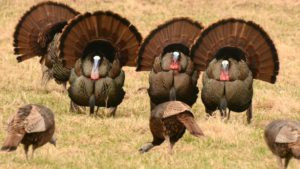
Home Ranges
Seasonal home ranges of wild turkeys vary greatly by season, individual and gender. Generally, home ranges tend to be largest from early fall through early spring. At this time of year, gobblers use an average of 4-plus square miles following around their hens, which declines to an average of just more than 2 square miles once hens have begun to nest and into summer. Individual gobbler home ranges may range from 3 to 11 square miles. Just after the poults are hatched, a hen-brood flock’s range may be limited to 100 acres, which increase weekly after the hatching date; this is due to the small size and limited mobility of poults.
The Lonesome Traveler
Turkeys change their patterns dramatically from winter to spring, especially gobblers. This shift from giant roaming winter flocks to smaller, single-digit breeding flock groups typically happens a month before spring turkey seasons begin in most areas of the country. Therefore, you want to hold off on scouting until about two weeks prior to your turkey hunting season. Scouting before that may lead to poor MRI (Most Recent Information) in regards to how turkeys are acting and patterns they will be following during the season. As the season pushes forward, gobblers become increasingly lonesome as hens go to nest and other gobblers have been shunned from the flock. A late spring/early summer gobbler is usually the most lonesome traveler of the spring woods, keeping to himself until he happens to wander into other gobblers and re-flocks before fall approaches. It is not uncommon in winter or fall to see groups of 4 to 12 gobblers traveling together.

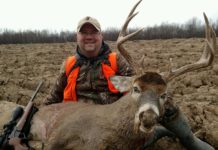

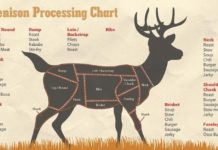
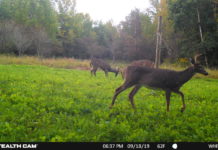














![The Best Deer Camp Chili [VIDEO] Deer Chili Ingredients, Tomatoes, Chili Spices](/wp-content/uploads/2015/10/Deer-Chili-Deer-Camp-Recipe-218x150.jpg)
![How to Call Elk Early in the Season [VIDEO]](/wp-content/uploads/2016/08/byers003-218x150.jpg)

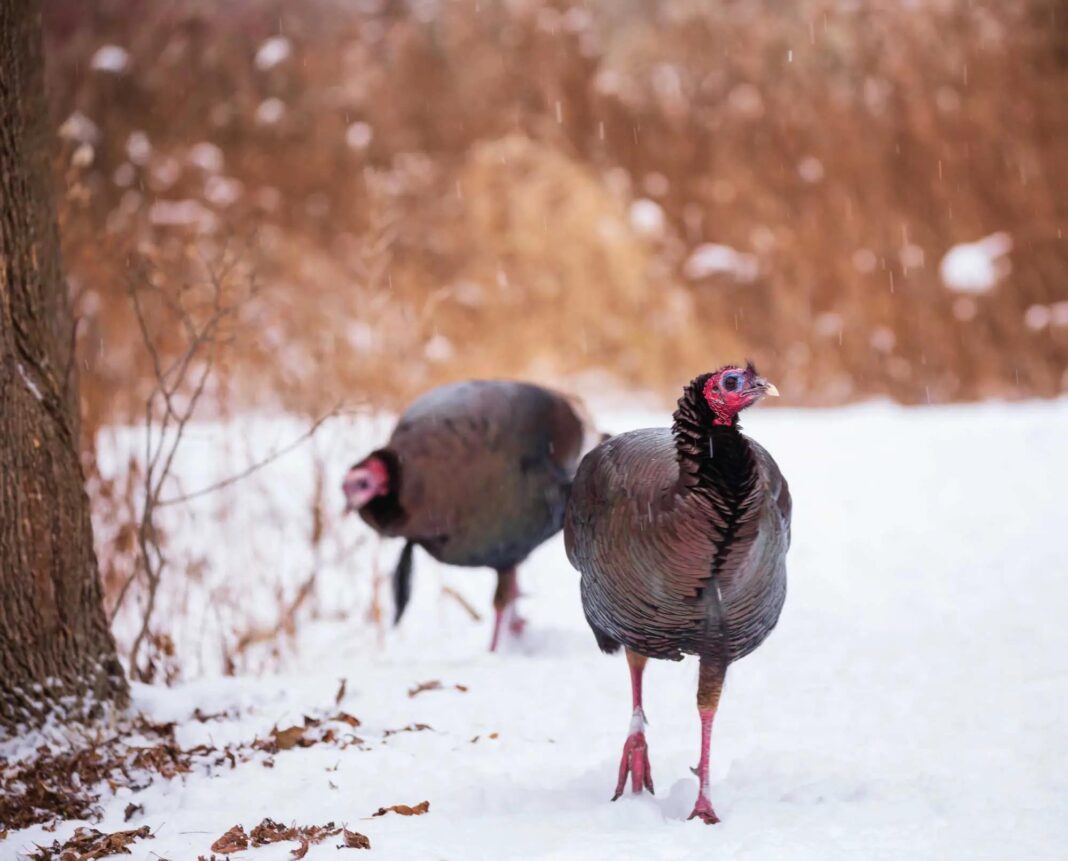


![Idiots Disturb Hunter: How Would You Have Handled It? [VIDEO]](/wp-content/uploads/2015/10/DSC00110-e1474487693878-100x70.jpg)
![Albino Buck Shocked to Shed His Antlers [VIDEO]](/wp-content/uploads/2015/10/AlbinoDeer-100x70.jpg)